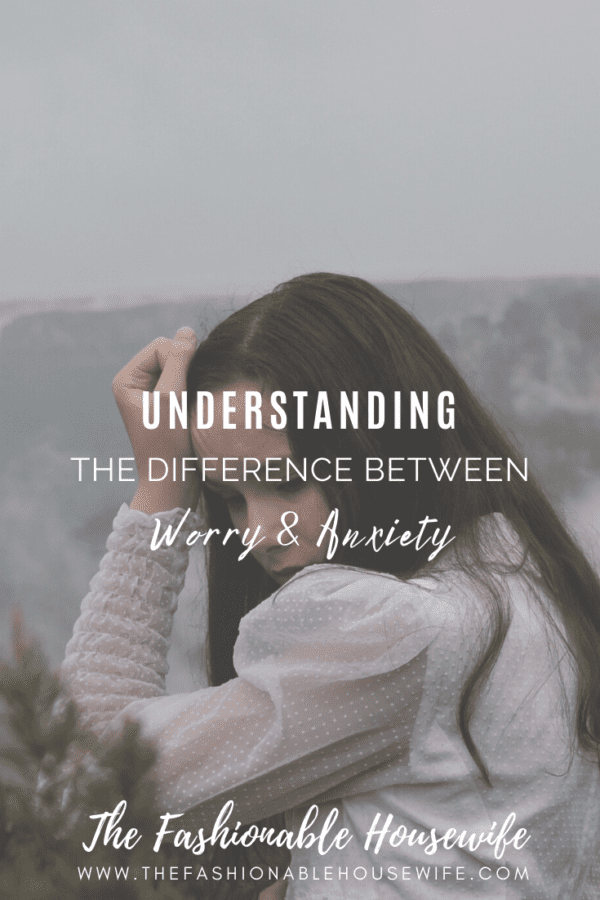
Folks have lots to feel stressed about. Relationships, politics, networks, money, health, the list goes on. However, while our brains regularly go through the process of trying to manage what feels like chaos and uncontrolled change, there is a huge difference between worrying about something new or different until it can be addressed and uncontrolled anxiety.
Worrying is Normal
Everybody worries. It’s a normal reaction to change. The unknown comes with a lot of possibilities for new things, not always positive. Worry is a typical mental reaction when the brain is going through the process of adapting to new conditions, demands, stress, or external change. When we get a disturbing call from the doctor without knowing what it is, that creates worry due to the unknown. When the supervisor at work says there will be changes to how assignments are allocated, that also creates worry. However, once the details are known, the brain accepts the new facts and finds ways of making them work. The worry then disappears.
Anxiety is an Abnormal State of Fear
Unlike worry, however, anxiety is a bit like a broken record or an unending loop. The conditions that create anxiety already exist in the mind, an event is simply a trigger to put them in motion. Once anxiety kicks in, sufferers often feel out of control, unable to do anything, can’t focus on anything else, and start to suffer physical problems. Lack of eating, indigestion, losing sleep, numbness, hyperventilating, high blood pressure, and more are all physical reactions created by severe anxiety.
Granted, people feel momentary rushes of adrenalin and being frozen when frightened by something suddenly, such as a car accident. However, with anxiety, the condition doesn’t go away. It stays or repeats chronically. And that wears the body down, resulting in physical sickness.
Another big difference is that anxiety usually doesn’t have specific causation or target. It’s ambiguous, a general sense of something wrong but not specific enough to do anything about. Add in the reaction that the sufferer thinks the worst will happen as a result of the condition, and anxiety really puts people into a tailspin that can be very hard for many to pull out of.
Breaking the Rut
Anxiety feeds on itself, which is why one of the primary solutions for recovering from it tends to be to remove factors that help increase emotions and anxiety conditions. Certain aspects of behavioral change are often applied immediately, such as cutting off watching or accessing general news feeds, exercising daily at least 30 minutes without interruption, applying one’s self to a singular practice problem or task without any distraction as a form of meditation, and making sure one gets sufficient rest with naps and sleep daily. Anxiety and exhaustion tend to go hand in hand.
Positive-focus, proactive tools can help as well. App tools like Unwinding Anxiety can be used as daily guides on how to structure a day with a dedication to positive, actionable steps versus struggling with the unknown. Full details on this kind of tool can be found on UnwindingAnxiety.com. Other methods exist as well for managing your anxiety, providing similar benefits to a counselor when and where people need them.
Remember, we weren’t born with anxiety. It’s a learned trait. That means it can be unlearned and removed as well. We just have to be willing to stop thinking about what can’t be done and take action on what can be done.



